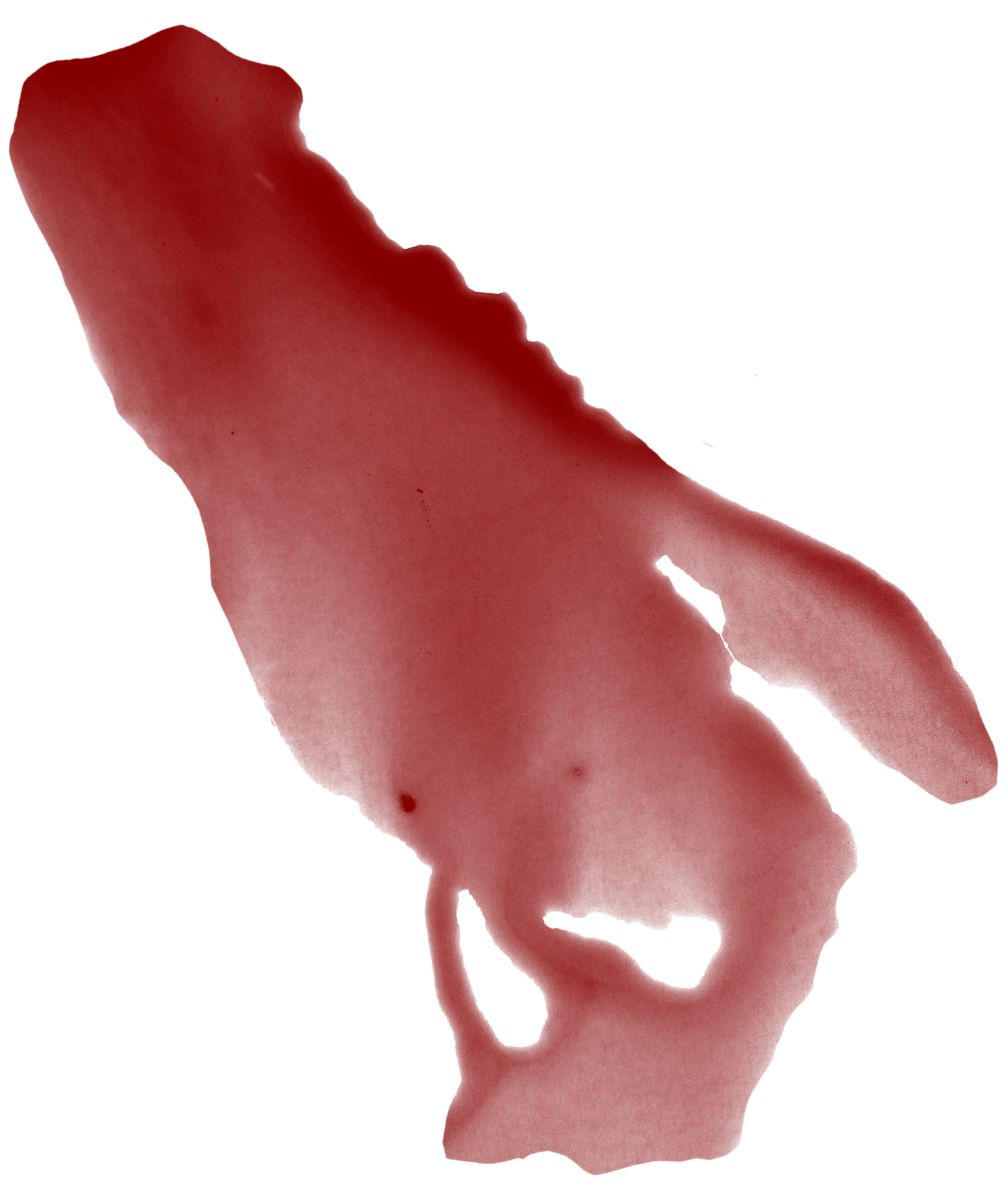


Cantina di Casorzo
About Cantina di Casorzo
Cantina Sociale di Casorzo was established by a group of local winemakers in 1951. Witnessing a widespread exodus with so many young people abandoning the countryside for the city, the founders chose instead to join their forces, and combine their resources and experience in an enterprise aiming at the preservation of local winemaking heritage and traditions.||1954 the first harvest|There were, initially, about 200 associated producers. Photos of that time testify to their hard work and sheer enterprising determination.
1968: Malvasia di Casorzo become D.O.C.|In the rebellious spirit of the 60’s, Malvasia di Casorzo becomes a newly-recognized young-in-spirit, boldly non-traditional concept local D.O.C. Fifty years later|Cantina di Casorzo’s current wine production averages 15,000 hectoliters/year obtained from approximately 20,000 tons of grapes contributed to the Cantina by member growers from some 200 hectares of vineyards with a total of 10 different appellations of origin. Vinification and wine storage follow tradition and know-how handed down by past generations of local wine producers. Application of modern production standards allows for greater health safety related transparency. All production is sold directly, some bottled (450,000 bottles of 15 different kinds) and partly in boxed cartons and in bulk, syphoned down directly from huge stainless steel storage vats into large flagons encased in protective wicker baskets. Cantina Sociale di Casorzo takes pride in serving over 25,000 clients per year. We can deliver our bottled wine all over the world.
More than 200 farmers dedicated to the cultivation of vines decide to join forces, in stark contrast to the widespread exodus of young people from the countryside to the cities, to create what would later become one of the best-known Piedmontese realities in the wine sector, above all for its wine sweet Malvasia di Casorzo DOC. However, its creation was undoubtedly more tiring and onerous than the dream, as it led the founders to get into debt, also mortgaging their homes and land. The Cellar saw the light thanks to the sacrifices of the people who dreamed and believed that the establishment of this Cooperative would enrich and enhance the future of their children and the surrounding area, choosing to strengthen their skills and experience in a company preserving the heritage of the traditions of its history.
